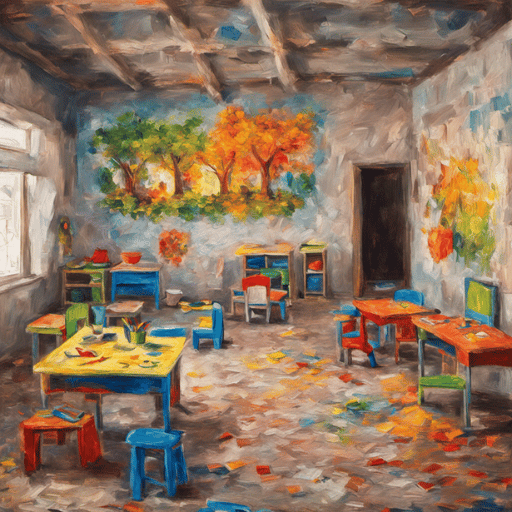Event Planner: Educação Infantil Dia do Índio (19th April)
Event planning in preschools holds significant importance as it plays a pivotal role in fostering holistic child development and creating memorable learning experiences. These events not only offer a platform for children to showcase their talents and skills but also provide opportunities for social interaction, emotional growth, and cognitive development. Well-executed event planning engages parents, teachers, and young learners in a collaborative effort that enhances the sense of community within the preschool. By carefully organizing and structuring various events, preschools can establish an environment where children thrive, parents actively participate, and lifelong positive impressions are formed. Let’s look at an example Dia do Índio (19th April) event planning template you can use in your Educação Infantil office in Brazil.
Event description/objective: Celebrating and recognizing the contributions and culture of Brazil’s indigenous peoples.
Event Planning Template for Dia do Índio (19th April)
Event Planning Template:
Event Name: Dia do Índio (19th April)
Event Description: Celebrating and recognizing the contributions and culture of Brazil’s indigenous peoples.
1. Event Objectives:
– To raise awareness and appreciation for Brazil’s indigenous peoples and their contributions to the country’s culture and heritage.
– To promote cultural diversity and inclusivity.
– To educate and engage participants about indigenous traditions, customs, and history.
– To provide a platform for indigenous communities to showcase their art, music, dance, and crafts.
2. Event Date and Time:
– Date: 19th April
– Time: [Specify the start and end time of the event]
3. Event Location:
– [Specify the venue or location where the event will take place]
– Ensure the venue is accessible and suitable for the planned activities.
– Consider any permits or permissions required for hosting the event at the chosen location.
4. Target Audience:
– Children, parents, and families
– Schools, educational institutions, and teachers
– Local community members
– Indigenous communities and representatives
5. Event Activities and Program:
– Opening ceremony: Welcome speech, traditional indigenous rituals, and performances.
– Educational workshops: Interactive sessions on indigenous culture, history, and traditions.
– Art and craft exhibitions: Display and sale of indigenous crafts, paintings, and sculptures.
– Traditional music and dance performances: Showcase indigenous music, dance forms, and instruments.
– Storytelling sessions: Narrate indigenous folktales and legends.
– Indigenous food stalls: Offer traditional indigenous cuisine and delicacies.
– Interactive games and activities: Engage participants in traditional games and activities.
– Panel discussions and talks: Invite indigenous leaders, activists, and scholars to share their experiences and knowledge.
– Closing ceremony: Thanking participants, cultural performances, and a final speech.
6. Event Promotion and Marketing:
– Create a visually appealing event poster or flyer highlighting the event details.
– Utilize social media platforms to promote the event and engage with the target audience.
– Collaborate with local schools, community centers, and organizations to spread the word.
– Contact local media outlets for event coverage and press releases.
– Utilize online event listing platforms and community calendars.
7. Budget and Funding:
– Determine the estimated budget for the event, including venue rental, equipment, decorations, performers, and refreshments.
– Seek potential sponsors or partners who align with the event’s objectives and can provide financial or in-kind support.
– Explore fundraising opportunities, such as ticket sales, donations, or grants.
8. Event Logistics:
– Arrange for necessary equipment, such as sound systems, projectors, and microphones.
– Coordinate with vendors for food and beverage services, if applicable.
– Arrange for transportation and accommodation for any invited indigenous communities or performers.
– Ensure proper signage and directions within the venue for easy navigation.
9. Event Staff and Volunteers:
– Recruit and train event staff and volunteers to assist with various tasks, such as registration, crowd management, and information booths.
– Assign specific roles and responsibilities to each team member.
– Conduct regular meetings and briefings to ensure everyone is well-prepared.
10. Event Evaluation:
– Collect feedback from participants, volunteers, and staff to assess the event’s success and areas for improvement.
– Analyze attendance numbers and engagement levels.
– Review the event’s impact on raising awareness and promoting cultural understanding.
– Use the evaluation results to make improvements for future events.
Note: This event planning template can be customized further based on specific requirements and resources available
Ready to start planning?
Click the button above to get our Educação Infantil event planner that can be used to plan this event, see all your upcoming events on a calendar and make your event planning process easier.

